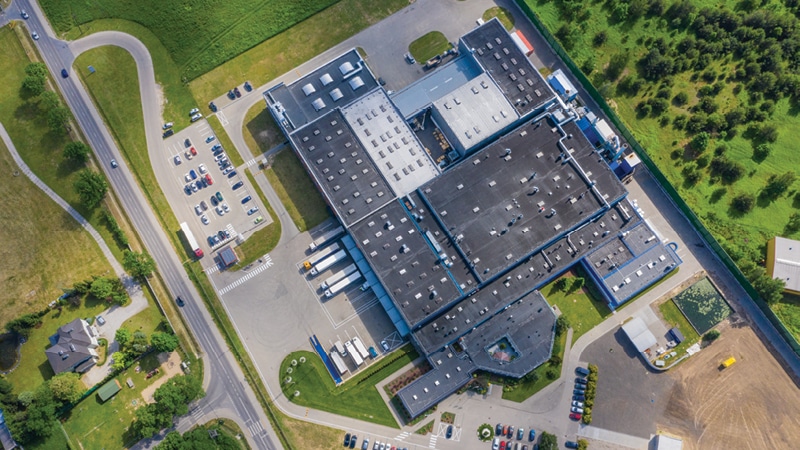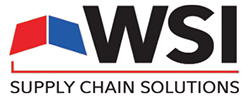The Role of Your 3PL in Dealing With Rapidly Rising Real Estate Costs

As real estate prices rise, it’s critical to look at the entire cost of operations, including drayage, outbound transportation, and labor in distribution network planning. Looking at costs in silos could lead to expensive mistakes.
With warehouse vacancy rates at about 4% nationwide, space continues to be in short supply, and shippers must compete for it to ensure their business has the infrastructure it needs to succeed.
In the most desirable markets, demand outstrips current capacity, and the building process is too lengthy to alleviate the pressure in the short term.
An experienced third-party logistics provider with a background in real estate development can help guide decision-making as an organization develops its logistics strategy and network. Consider these critical factors before moving ahead.
LOCATION
Pricing in the major metro areas is becoming prohibitive unless being in Los Angeles or the Northeast corridor is unavoidable for your operation. In that case, high rates are a cost of doing business.
If you have alternatives, consider outlying areas with inventory for lease or sites for build-to-suit projects. Work with your 3PL on a thorough analysis to understand whether the location in prime territory is actually necessary.
There are good reasons areas like Phoenix and Las Vegas are adding logistics space as quickly as possible. Lowering real estate costs could more than offset additional expenses created by things such as longer drayage lanes.
NETWORK OPTIMIZATION
Look at all the factors that affect the operation, from port efficiency to drayage costs to labor costs. Moving to a lower cost, less congested port operation could speed up throughput and cash flow by reducing stockouts.
Look at warehouse turnover and distances involved—it doesn’t make sense to pay premium rates to store slow-moving or bulky goods in the metro area. It may make sense to have a satellite cross-dock operation to serve the local metro area and dray the majority of product to lower-cost warehouses to serve the rest of the network.
TOTAL COST OF OPERATION
Consider real estate costs as only one aspect of the overall landscape. Other factors such as drayage costs and labor are part of the mix. The warehouse in a metro area near a major port means drayage hauls are short, but is the savings enough to offset rising rates?
Moving to a lower-cost location could require longer drayage distances, but the real estate costs are significantly less. Drayage capacity is more flexible and scalable than the real estate footprint. The same formula works for labor costs. Non-metro rates will be more manageable.
The worst position to be in is scrambling for space at the last minute because your options narrow and the rates go higher.
Work with a 3PL that will analyze your logistics needs and strategies and develop a plan to optimize real estate as well as operations based on your company’s unique circumstances.
 WSI | Supply Chain Solutions
WSI | Supply Chain Solutions
[email protected]
www.wsinc.com
920-831-3700
